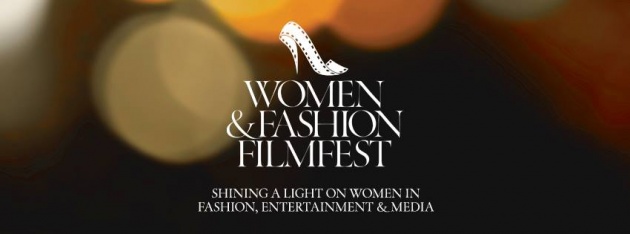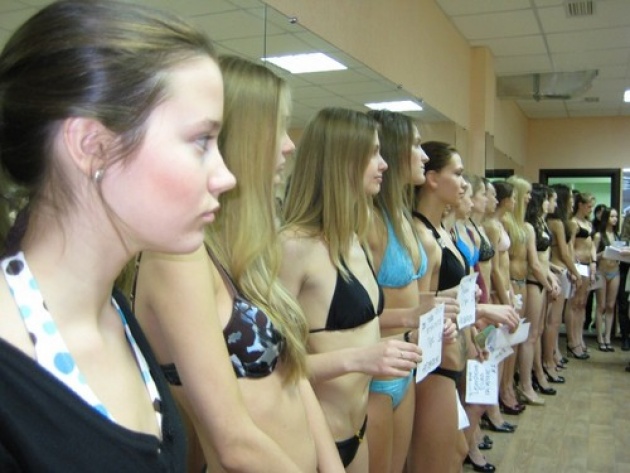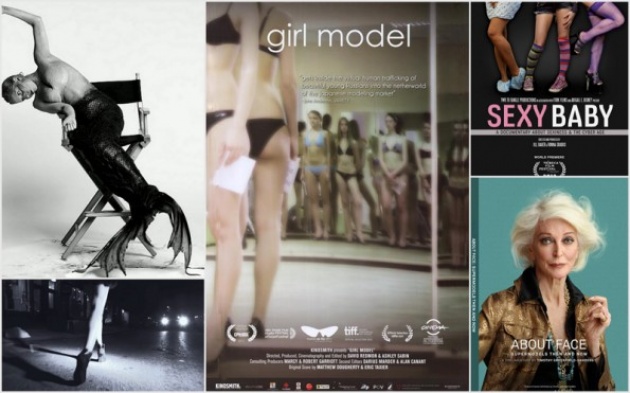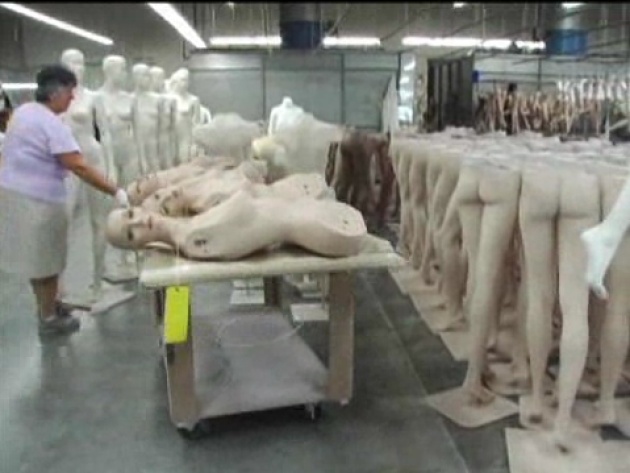The fantastical world of fashion is constantly stirring beneath the heating summer asphalt, as street steam ascends into the trending fabrics of ready-to-wear collections, the admirers of fashion strut into the Scandinavia House in style to celebrate the artistry of true visionaries. Over the weekend, the Women and Fashion Filmfest held multiple sessions of films and panel discussions, providing an intimate setting in which to experience an evolution of creators that inspire our culture to embrace individuality.

The contents addressed topics such as, business, entertainment, the concept of beauty, schools of fashion, the modeling industry, and after soaking up the radiance of information, a panel of cultivated experts brought forth personal knowledge through stimulated conversations and interactions with the audience.
Walking down the stairs, anticipation built as if descending to an elite event silently disguised by the large wooden doors that lead to a small cinema room, where the documentary, Girl Model, was already rolling. Although the thought of becoming a model runs through many young girls minds, the idea of beauty has been translated countless times, but the element of youth always acts as a component that defines the so- called innocent desire towards weightless nothings.

The documentary exposes the journey of young Russian girls, contracted to model in Japan, where the transformation of the soul as beauty diverges into a false image of the beautiful being. Alienated from all of what is familiar, the girls are broken down, too innocent to understand the circumstances, the idea of opportunities becomes a field of exploitation, visually foreshadowed by the early morning scene where Nadya leaves her home under the dark clouds of rain. The panel discussion that preceded, included the faces of Rachel Blais, Hariette Cole, amongst others, who joined in dialogue about concerns related to modeling, and provided valid insight that closed with the acknowledgment that those choosing to pursue this career need be informed and age appropriate to avoid being taken advantage of.

Two short films followed the session, the first entitled, Blank Canvas, revealing a woman diagnosed with ovarian cancer, her struggles with the societal stigma revolving around women, their hair, and beauty. Even though the loss of lengthy bohemian hair felt defeating, wigs were out of the question since it would have evaded potential conversation to raise awareness of not only the disease, but of the fact that beauty decorates the bare tenderness of skin, exemplified in this case by a technique known as henna.
The second film, 34 x 25x 36, granted the audience a deep look into the creation of mannequins, and the replica of a perfected beauty that has become the ideal motto of measurements of sabotage. A molded fabrication is meant to be identical representations that are dressed with the ongoing creations of fashion, as they are without personality, merely a prop of display. But humans are individuals, with identities that are unique, yet have become obsessed with fitting into a generic body cast of standard sculpted measurements. Even Norman Glazer, a fabricator of mannequins, states, “ there is no perfect bodies– we make them dependent on the ideal woman of the moment, since we have the ability to alter things.” The intention behind the figure of the present day idealized forms is to “stir up the adrenaline in buyers, getting them to think they could look like that,” continued Norman Glazer. Through the hierarchical position given to the mannequins through an ants view, a sense of worship overwhelms the viewer, perhaps aiming to create a comparison between the idea of beauty and the idea of salvation in our current society, since people need to believe in something. Today, the large corporate stores could be interpreted as a modern day church, therefore furthering the set of assumptions of true beauty into the consumerism of our world that continues to consume us.

Fashion exudes elegance, a presence; like an individual fashion talks through a unique vision, but there exists no gain of beauty without the pain of torture to become replications of the perfect girl of the time. There is nothing wrong with dreaming, fantasizing, or wanting to feel beautiful, but clothes are not meant to make their porteurs submissive, instead the body should utilize the luxury of tailored fabrics as an art piece that envelops each unique characteristic with confidence and pleasure. Women evolve with fashion, but without different women there wouldn’t be setters of trends, or the inspiration to embrace that which is woman–a growing lightness of being.



